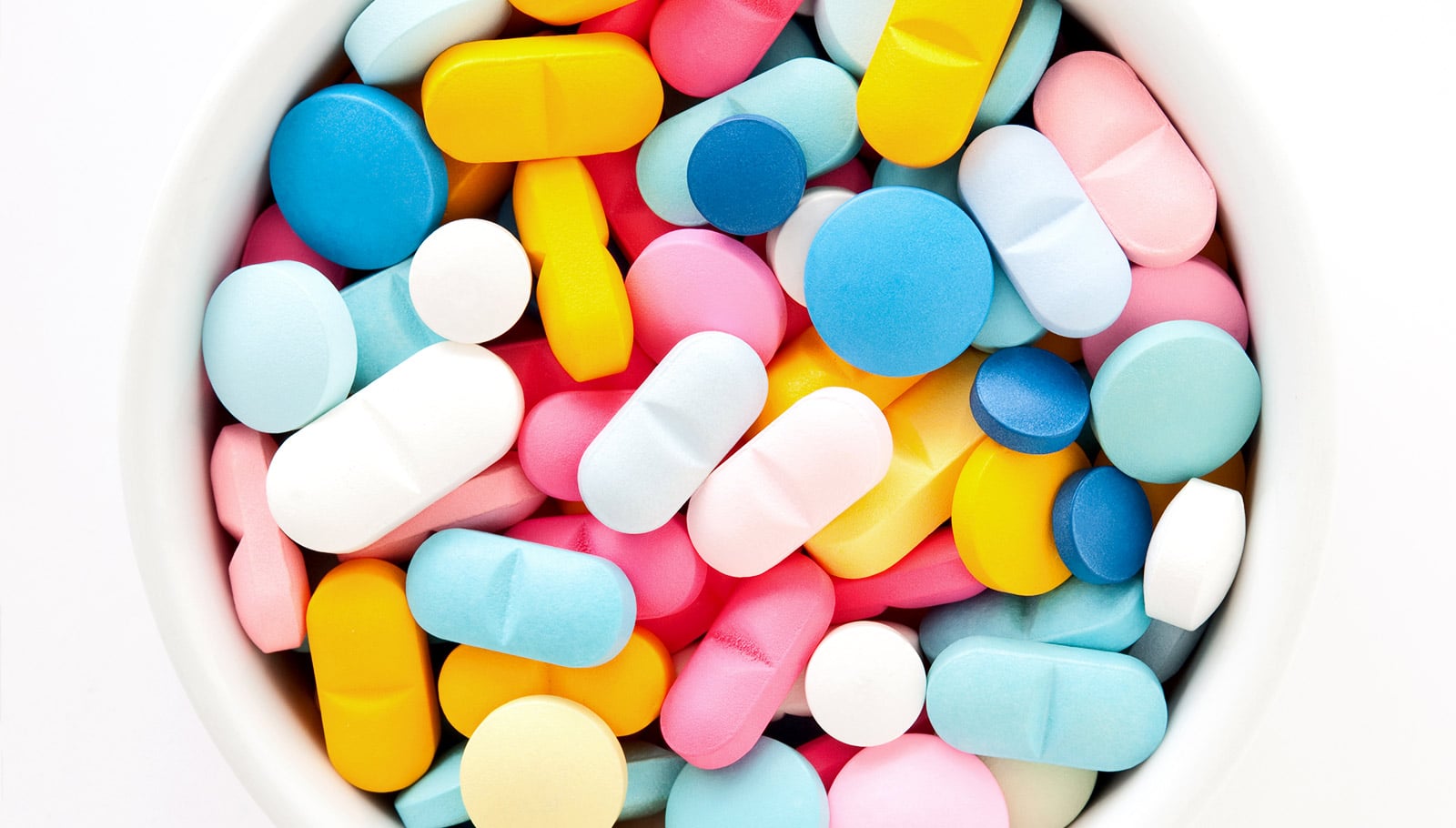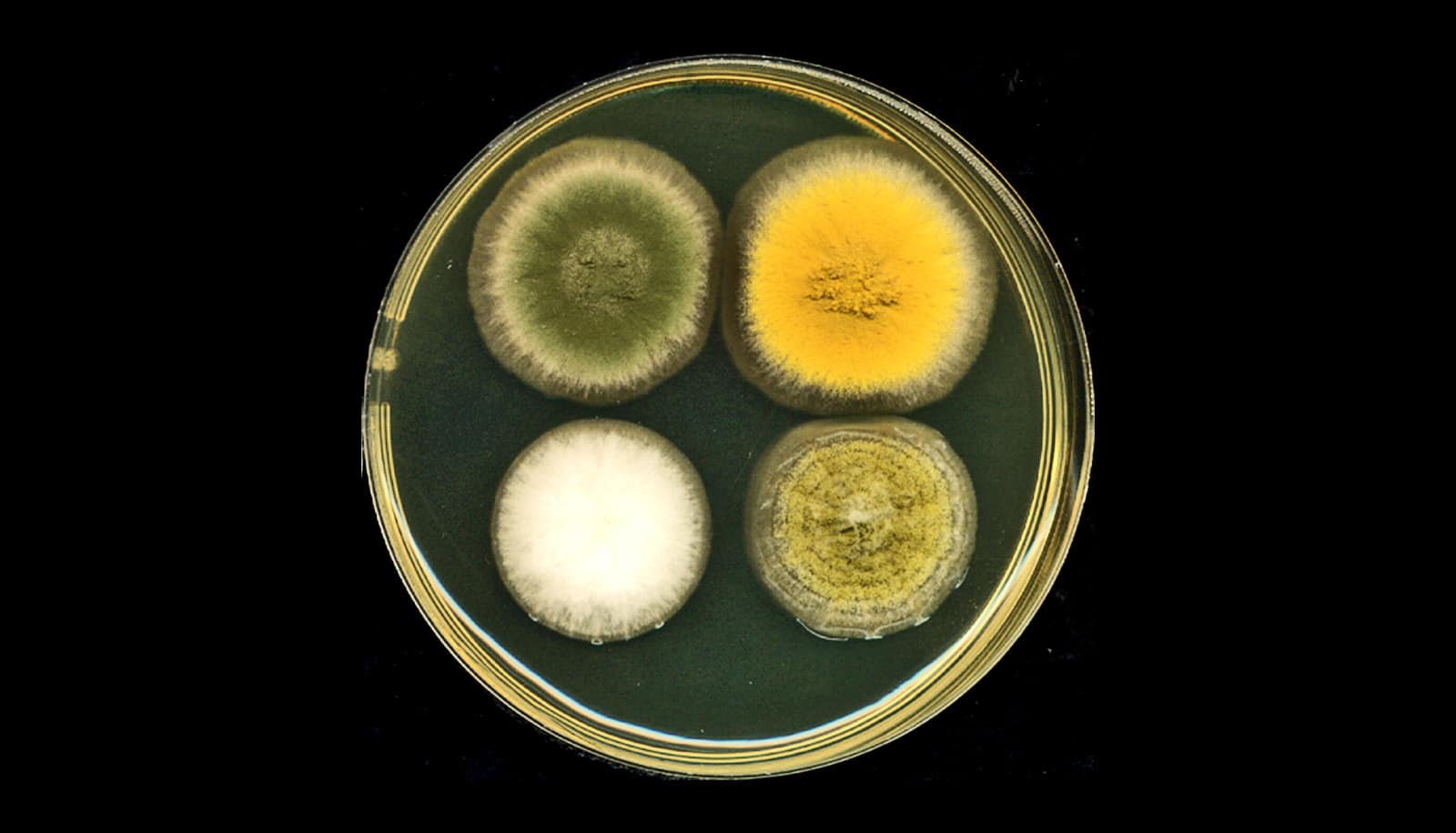Researchers have discovered a safer and more efficient technique for testing new drugs in development.
“Because this approach is so much more streamlined, it could help accelerate this step in the drug development process and make it less dangerous, since probing the distribution and fate of a drug in the body is required for any pharmaceutical candidate to be approved,” says Bruce A. Arndtsen, a professor in the chemistry department at McGill University and senior author of the paper describing the new process in Nature Chemistry.
“This research replaces what can be a days’ long, dangerous, and costly process with a simple and safe one requiring only a few hours,” says José Zgheib, a PhD candidate in the Arndtsen Group at McGill University who worked on the project.
Before a drug makes it to market it is tested to make sure that the molecules reach the appropriate areas of the body. This is typically done by adding a radioactive atom (e.g. carbon-14) to the drug so that its movement through the body can be traced, a bit like a GPS can be used to track the movements of animals.
But to do so currently involves a complicated, multi-step, process whereby the carbon-14 atom is provided in the form of radioactive carbon monoxide or carbon dioxide gases, which are both very difficult and dangerous to work with. The gas is then incorporated into the synthesis of the medication being tested thereby making one of its carbon atoms carbon-14.
The new technique incorporates the carbon-14 into the drug candidates in a single step. By using a catalyst, the researchers have been able to exchange a carbon already in the drug (in the form of a carboxylic acid) with a carbon-14 from a similar type of donor molecule.
More generally, the group’s work in the area highlights a potentially powerful emerging approach to directly modify pharmaceuticals via metal catalyzed exchange reactions.
Source: McGill University



